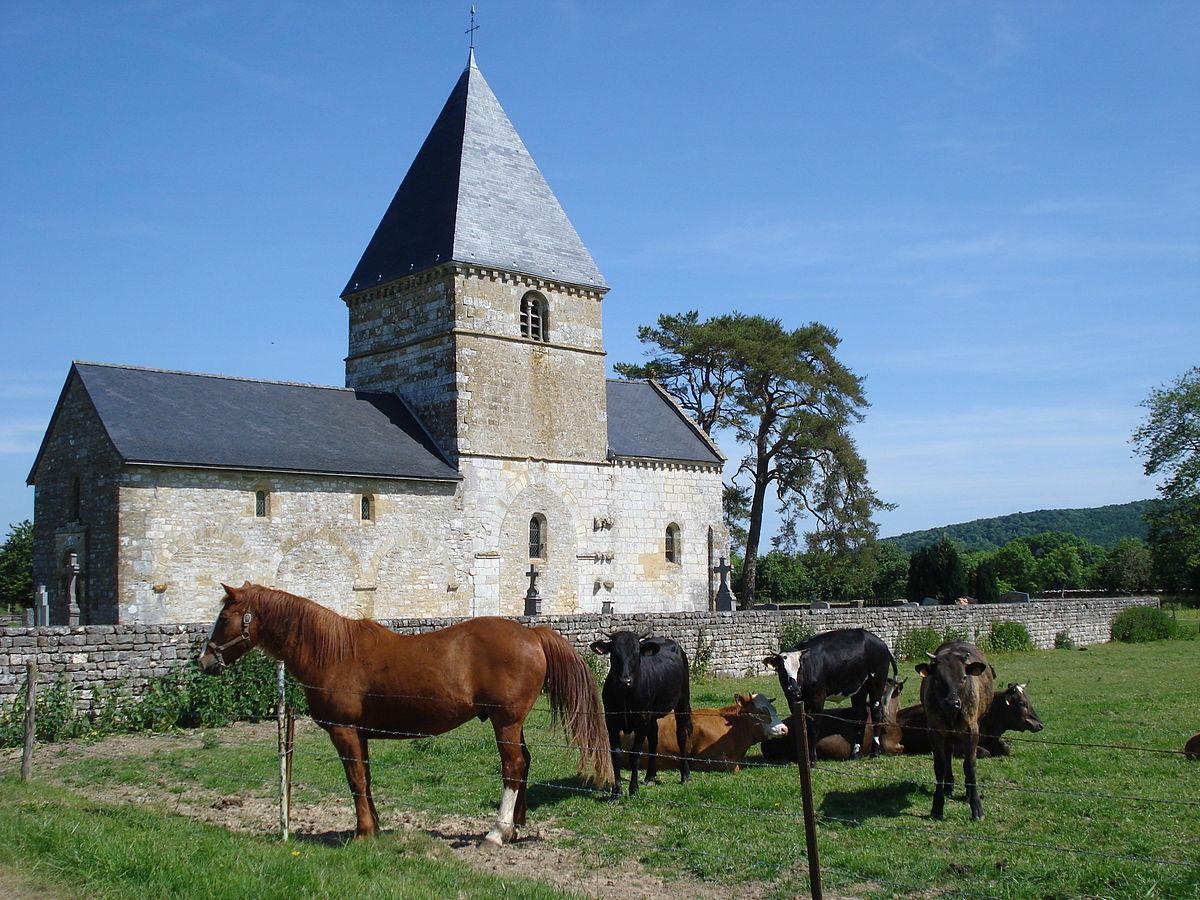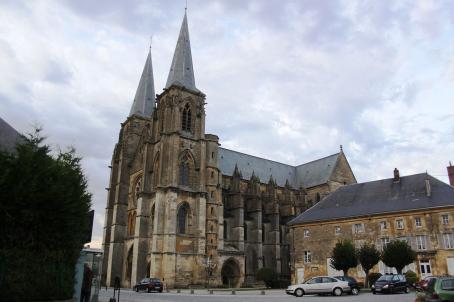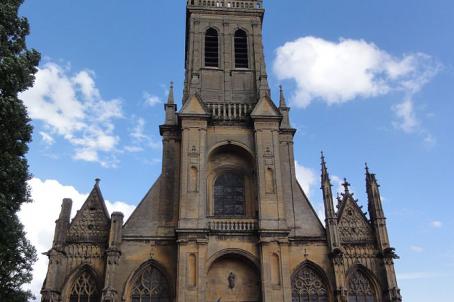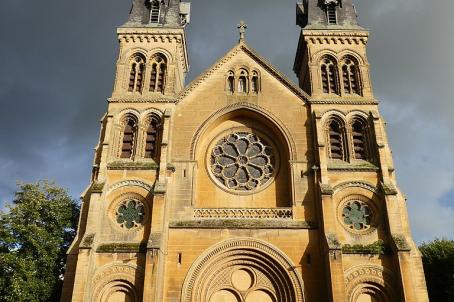Church of Notre-Dame de Malmy

Romanesque church of the 13th century. The square tower that rises above the old transept, now deprived of its side aisles, dates from the Romanesque period, as do the flat chevet and the large arcades. The rough-styled portal, with an irregular tonic hanger engraved with leaves, is undoubtedly posterior to the whole.
About this building
Modest Romanesque monument surrounded by its cemetery, in the middle of the fields. This monument is surmounted by a large square tower (of the second Romanesque age, ... or the first Gothic age) at the crossing of the transept. After passing through the low stone wall and the cemetery gate, the Romanesque style western gate faces the visitor. A simple cross adorns the tympanum: the figures represented on each side are almost indistinguishable, having been mutilated (perhaps during the Revolution). An irregular toric hanger engraved with foliage surmounts this portal and historiated capitals present, on the right, three dogs and below a bishop with his crosier, on the left, Eve offering the apple to Adam.





